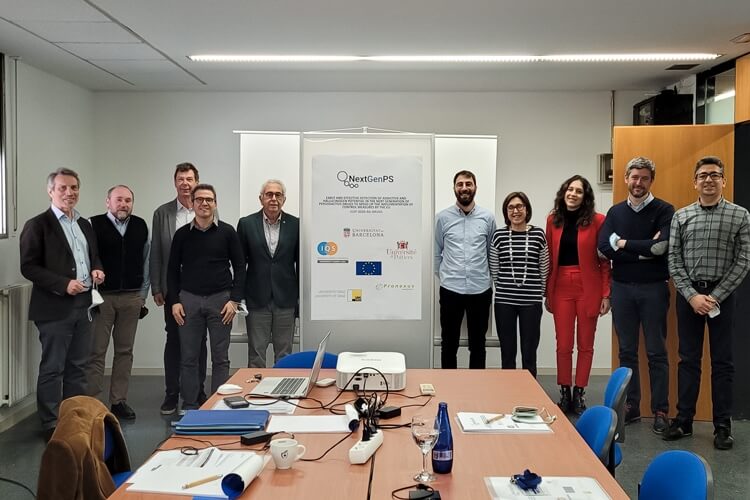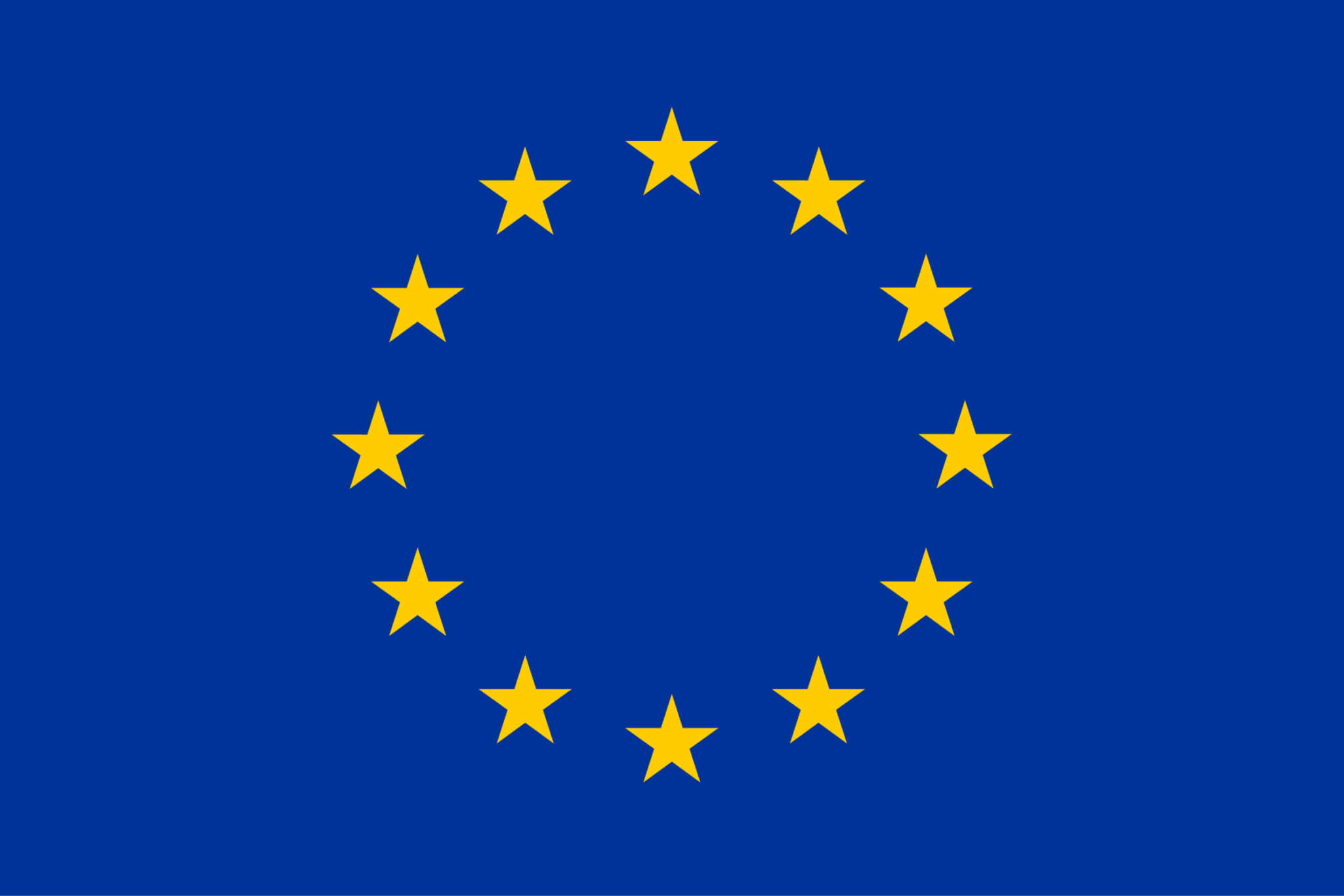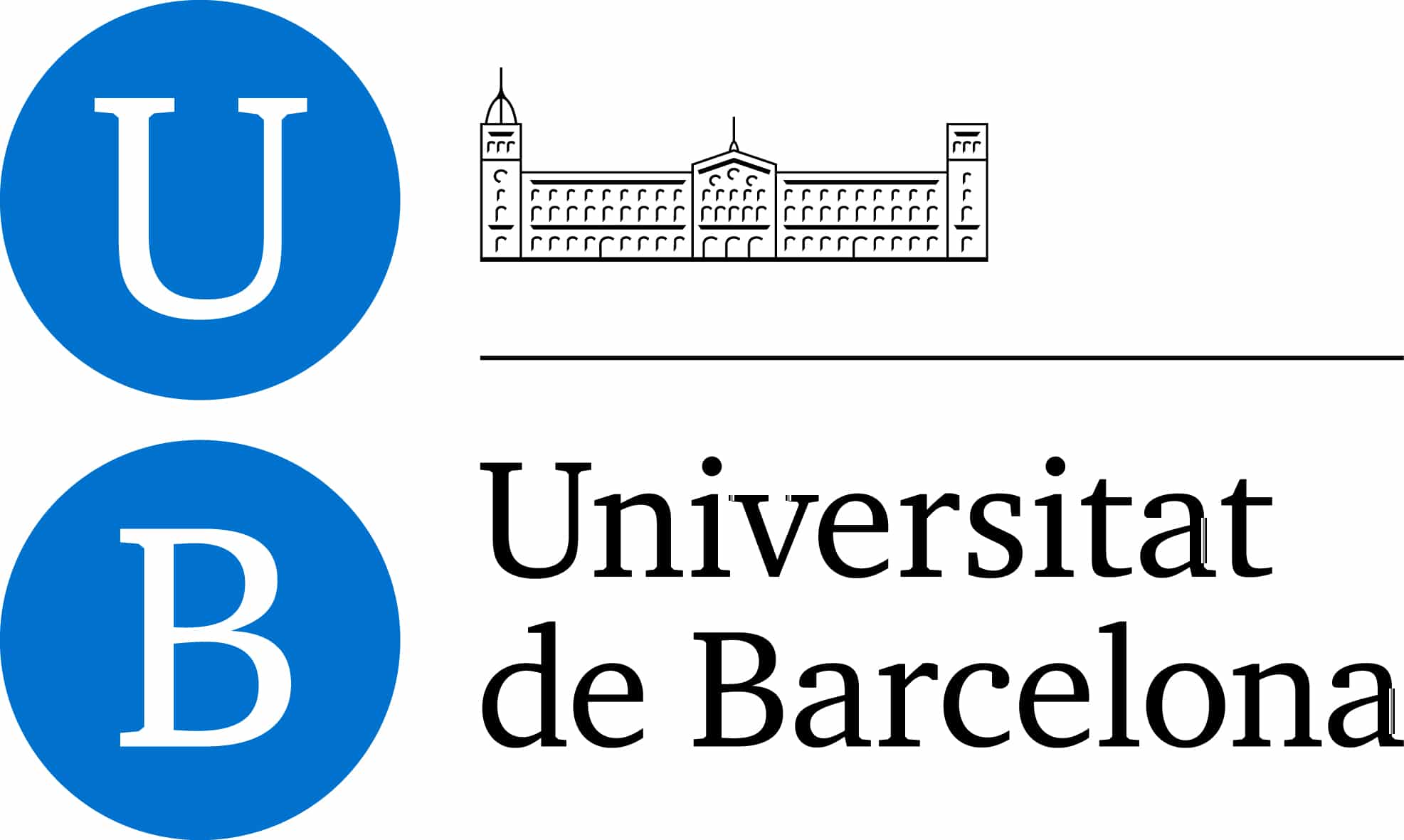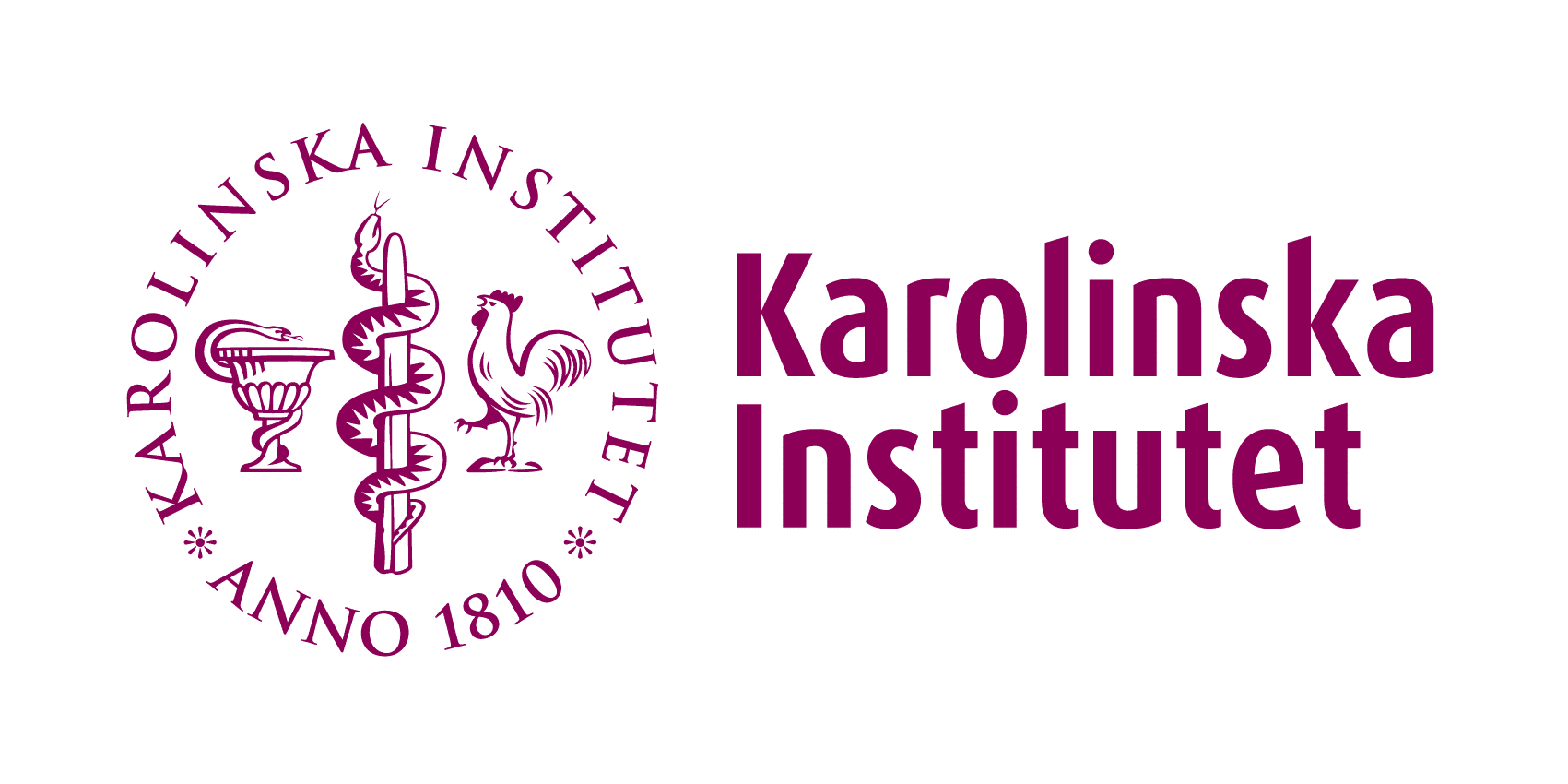Fighting Against Emerging Drugs

The Pharmaceutical Chemistry Group (GQF) within the IQS School of Engineering is participating in the European NEXTGenPS project, which aims to detect addictive and potentially hallucinogenic substances and facilitate the implementation of control measures for them in the European Union. The project, led by the University of Barcelona, features researchers from various European universities in addition to IQS – URL, including Pronexus with the Karolinska Institutet (Sweden), the Universität Graz (Austria), and the Université de Poitiers (France). The launch session of the project took place this March in Barcelona.
Led by Dr Xavier Berzosa, the IQS researchers from the GQF group are contributing their extensive experience in the synthesis of organic compounds to the project.
Fighting against emergent drugs
By the end of 2019, the European Monitoring Centre for Drugs and Drug Addiction – EMCDDA – had detected more than 700 new psychoactive substances (NPS), among which are new psycho-stimulants and hallucinogens widely used among the population the short and long-term effects of which remain unknown. These NPS are designed to mimic traditional drugs and avoid EU legislation and potentially becoming illegal as the time period from when they appear on the illegal market until they are banned is quite long, leading to serious effects for people.
It is therefore essential to take swift action in order to control these substances in the EU. With this in mind, the NEXTGenPS project “Early and effective detection of addictive and hallucinogenic potential in the next generation of psychoactive drugs to speed up the implementation of control measures by the UE” features the main objective of early identification and characterization of these new psychostimulants and hallucinogens through new predictive strategies. NEXTGenPS is an innovative research project within the framework of NPS abuse to provide effective responses to the illicit and rapidly changing market of illegal narcotic drug sales.
NEXTGenPS will select eight new NPS, chosen from the EU databases based on their innovative profile, lack of scientific knowledge about them, and their potential to induce hallucinogenic effects.
These NPS will be synthesized and properly characterized by IQS researchers. Likewise, analytical methodologies and protocols will be developed for toxicological controls.
Finally, the mechanisms of action of the drugs and their psychostimulant, hallucinogenic, and addictive properties will be established through tests on rodents.
Previous Studies
- Nadal, E.Lleixà, M.Gibert, R.Estrada, X.Berzosda, X.Batllori, D.Pubill, J.Camarasa, E.-Escubedo, R.Lopez; Neuropsychopharmacology of Emerging Drugs of Abuse: meta- and para-Halogen-Ring-Substituted α-PVP (“flakka”) Derivatives, Int. J. Mol. Sci. 2022, 23(4), 2226.
- Duart, N.Nadal, M.Murater, B.Puster, X.Berzosa, R.Estrada, M.Niello, S.Bhat, D.Pubill, J.Camarasa, H.H.Sitte, E.Escubedo, R.Lopez; Role of amino terminal substitutions in the pharmacological rewarding and psychostimulant profiles of novel synthetic cathinones, Neurpharmacology, 2021, 186, 108475.
RELATED PEOPLE:
RESEARCH GROUP
Pharmaceutical Chemistry Group
Chemical Reactions for Innovative Solutions
RELATED PROJECTS
NextGenPS (Farmacovigilancia de sustancias psicoactivas)






